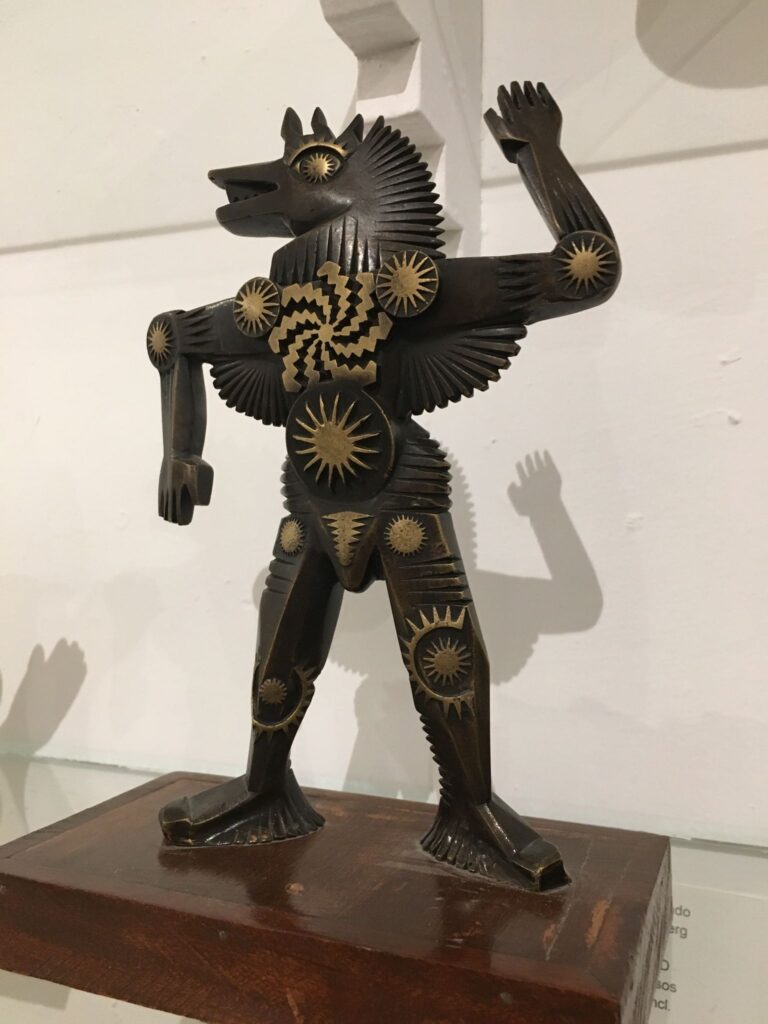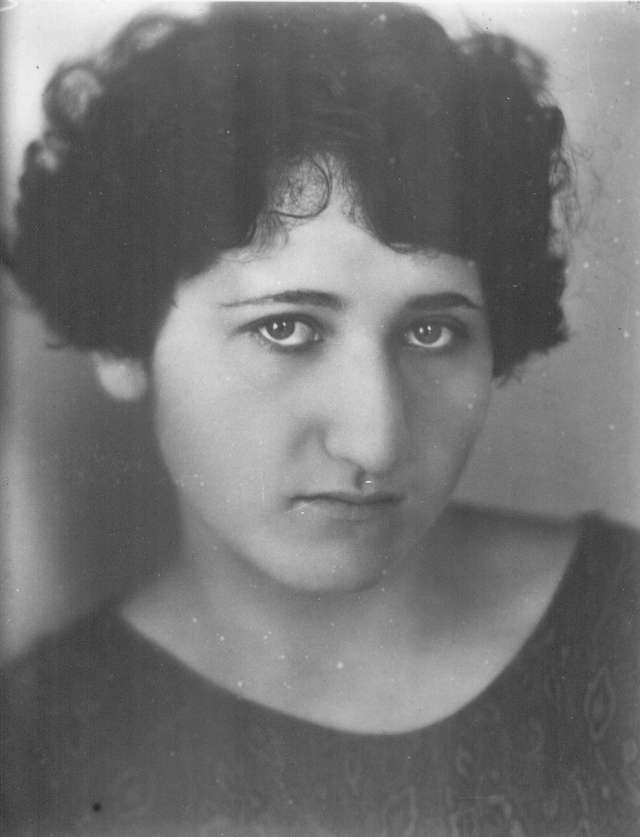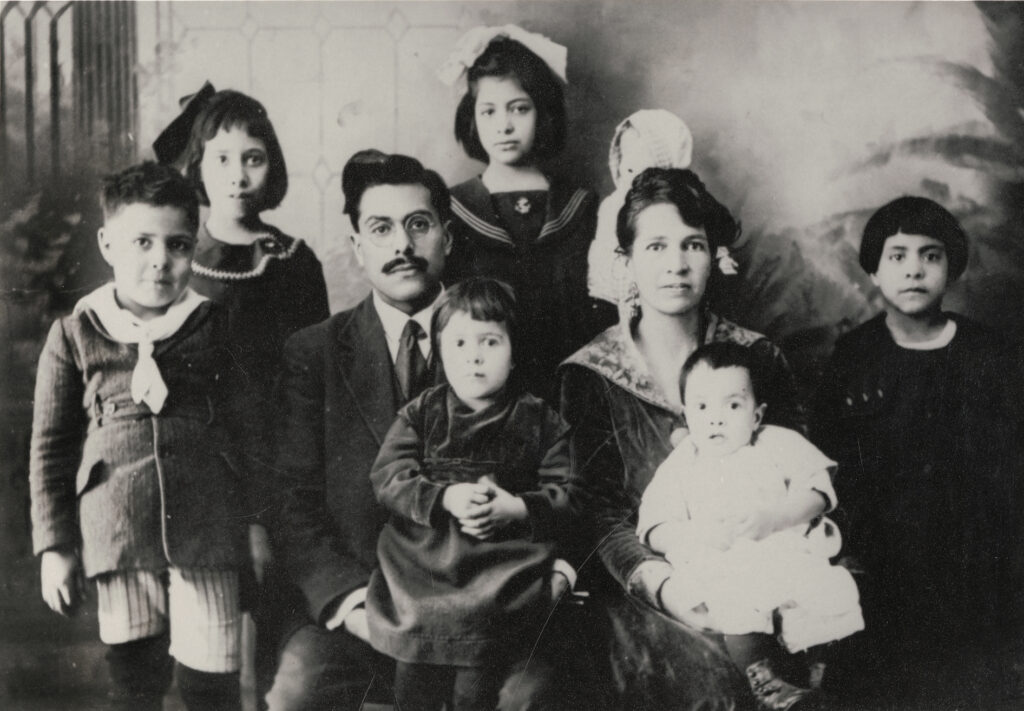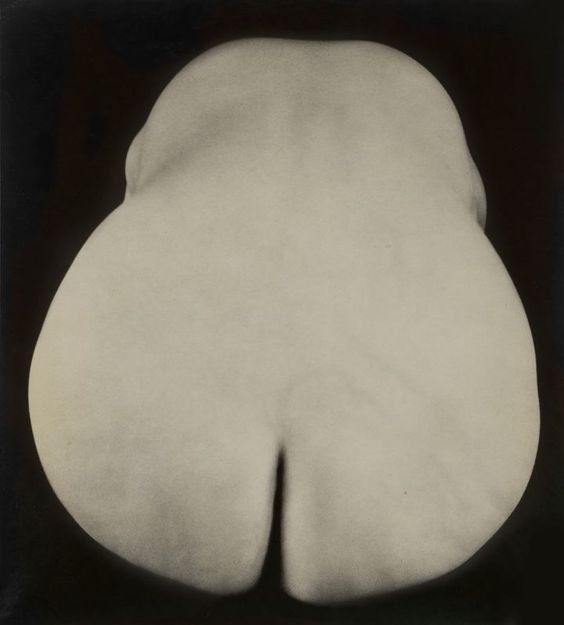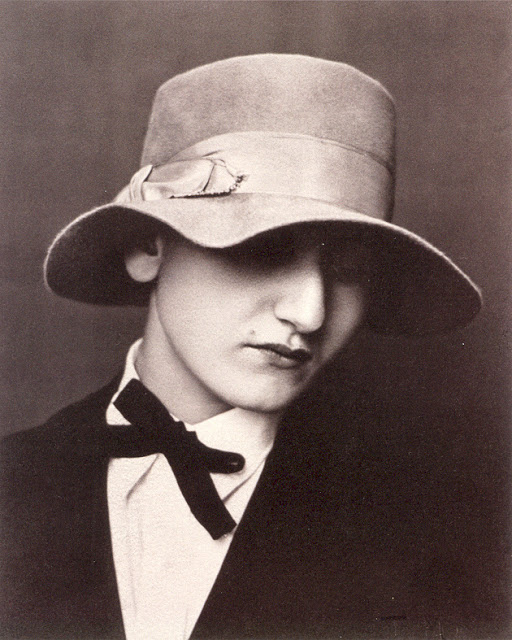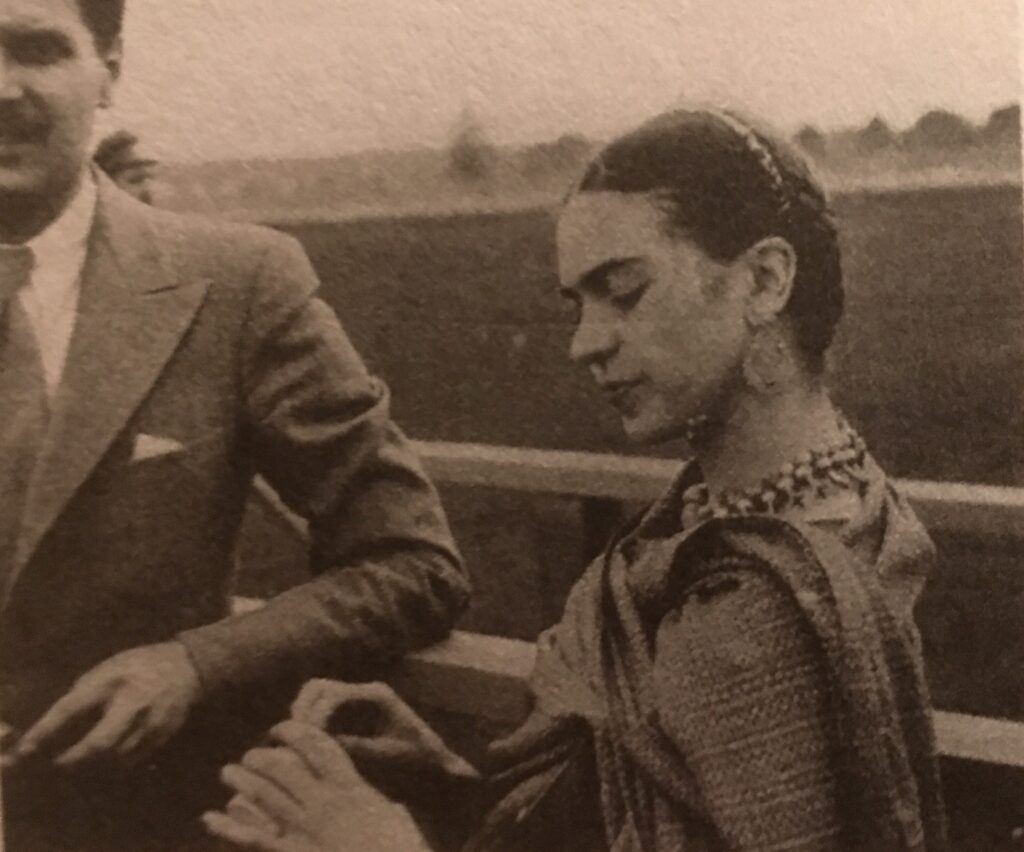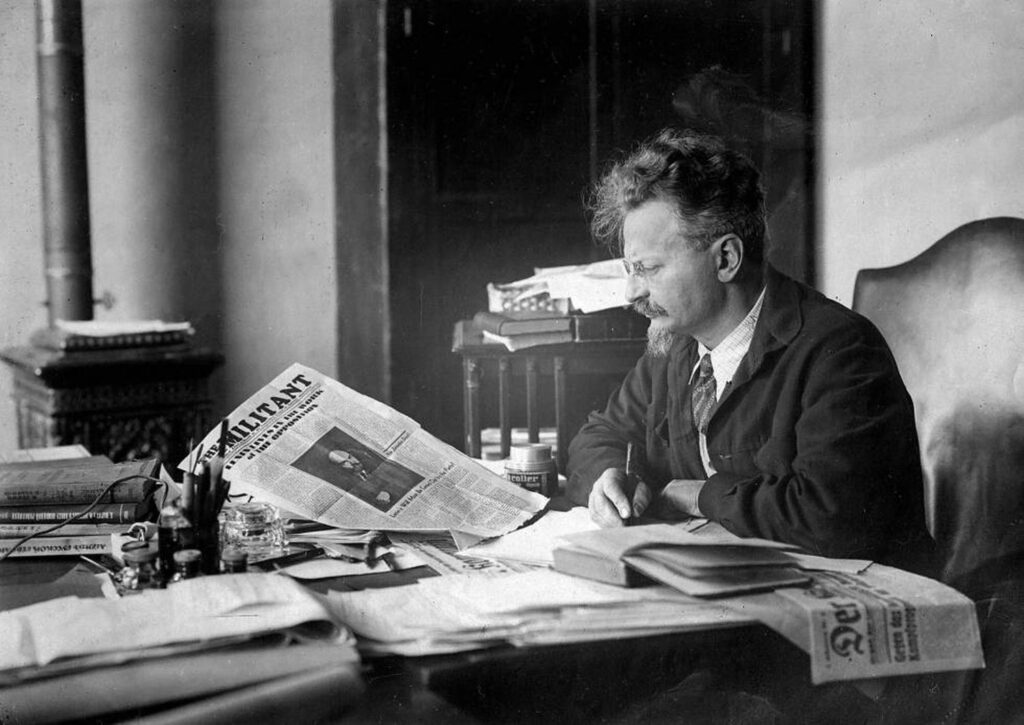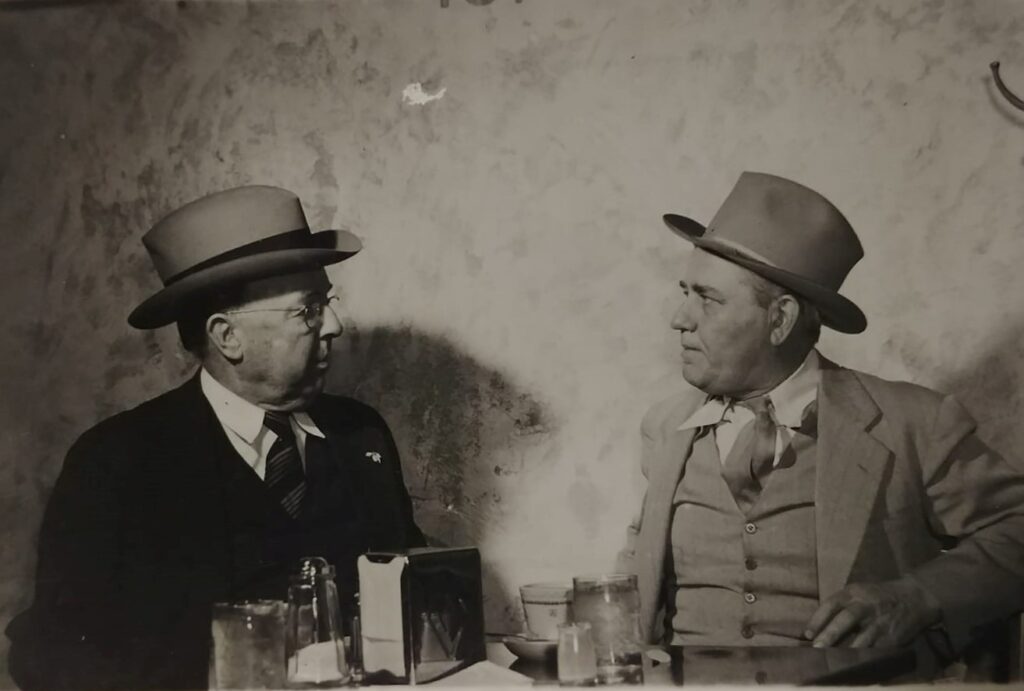PART II
Fascism has reared up in Austin, Texas, and throughout the US as a powerful force. What occurred in January 6, 2021 was a fascist attempted autogolpe. Lessons from the anti-fascism of Austin’s Dr. Alberto G. Garcia Antifa during the first half of the 20th Century provides insight as to how fascism grew and was successfully confronted in the US in the past.
The Anti-fascism of Austin’s
Dr. Alberto G. Garcia
In Part I, I demonstrated how fascism and anti-fascism are part of our families and backgrounds as estadounidenses. A disturbing family secret that I uncovered was that some of my in-laws in Illinois, as owners of The Texas Company, were powerful supporters of Hitler and fascism. Promoting fascist governments in other countries has been a component of US foreign policy since 1919.
While researching my biography of Austin’s first Mexican American physician, Alberto G. Garcia, I learned that he was an early and influential anti-fascist. He fearlessly fought the proto-fascist Ku Klux Klan when it took over Austin in the early 1920s, and beginning in 1932 he strongly spoke out against international fascism and those in the US who supported it. He was the head of the Austin branch of El Congreso, formed in 1938 to promote HIspanic civil rights and combat fascist organizing among Mexican Americans in the Southwest. His and El Congreso’s accomplishments I recount in The Life and Times of Alberto G. Garcia.

In my biography, I show Dr. Garcia creating and managing Austin’s first Spanish-language newspaper, La Vanguardia, where he documentated and denounced racist terror. This was at a time when pro-Ku-Klux-Klan Southern Baptists had made inroads in the Mexican American community. From their pulpits Baptist preachers issued proclamations like: “Above all else, Jesus Christ was a Klansman.” The pastor of the Elgin, Texas, Baptist church collected tithings for the Ku Klux Klan.

By 1922, the Austin Klan members controlled key aspects of city and county government and held meetings at the East Fifth Street building where cotton export companies and the Austin Country Club had their offices. Klan crosses were burned on Newning Avenue in South Austin, the street where Dr. Garcia and his family resided. The rumored Grand Cyclops of the Austin Klan lived next door to Dr. Garcia. Yet he was not intimidated by Klan violence. He rescued Klan victims who had been tarred and feathered.
The Austin Klan was beaten back by: journalistic denunciations and exposure; prosecutions of Klan terrorists; an Austin judge who convened a grand jury investigation; pressure from the Mexican government; national advocacy by the NAACP; a bit of muscle used to clear the Klan from the streets; and public disgust. Austin’s Shelton family produced three brave, anti-Klan lawyers. To combat the Klan violence and intimidation, the Sheltons relied in part on the tough, poor, white community of cedar-choppers who lived on the edge of town in the rural hill country. They were a law unto themselves and were adept at keeping government law enforcement out of their communities. The Austin-area cedar choppers hated the Klan because they knew most of the Austin police were members. My book recounts an incident where a Klan mob at the Travis County Courthouse was single-handedly dispersed by one cedar chopper named Buck Simpson, who happened to have been the most decorated U.S. soldier in World War I.
Ten years later fascism was rising in Europe and wherever there was fascism there were anti-fascist organizations. In 1932, a German working-class organization formed as part of a social democrat, union and communist popular front first took on the name Antifa. That same year Dr. Garcia was very publicly outspoken in his opposition to the fascism that was rising in Europe and the United States. Most in the US at this time were oblivious to the magnitude of the Nazi and fascist threat.

In part 1 of this blog, I explain how a great uncle of mine and his niece and their company Texaco, supported fascism and gave vital assistance to Nazi Germany and General Franco in Spain. They were not unique. Within the US, men were organizing Silver Shirts, Khaki Shirts, the Black Legion, and other fascist and Nazi groups.
Dr. Garcia wrote in the Dallas Morning News that fascism was the result of insecurity born of spiritual weakness:
Fear of Bolshevism, Socialism and all radicalism that champions the underdog. Fear of [non-white races.] American will be invincible and unafraid only when her spirit is purified. Black shirts, brown shirts, night shirts and other shirts are merely the Fascist bundling of scattered terrors, and who harbors this terror, harbors it to his own destruction.
Right, justice, love—those alone can save the world. Justice, right, and love alone inspire fearlessness and courage and insure life.
The DuPonts, Morgan bank interests, and other oligarchs formed the American Liberty League. Irénée DuPont declared that the American Liberty League should include “all property owners … the American Legion and even the Ku Klux Klan.” The Liberty League would become a component of a botched effort by the DuPonts and J.P. Morgan interests to foment a fascist coup against President Roosevelt. Morgan Bank director Grayson Mallet-Prevost Murphy not only helped found the American Legion but had been decorated with the Italian Commander of the Crown by fascist dictator Benito Mussolini. In 1935, the National Vice-Commander of the American Legion traveled to Rome to pin a medal on Mussolini and declare him an honorary member of the American Legion. Due to the support of DuPont, Morgan and other wealthy underwriters, the American Liberty League raised more money than the Democratic Party in 1935. President Roosevelt called them out and was able to use public distaste for the oligarchs and their Liberty League to gain voters.
Dr. Garcia not only denounced fascism but as with the KKK called attention to the religious or spiritual underpinnings of fascism. He called out the Catholic Church and others who were complicit in fascism’s growth. The floor of the Cathedral of Tampico in Mexico was inlayed with Swastikas.


A fascist group in Mexico called the Sinarquistas was initiated and funded by German Nazis and Spanish and Italian fascists in 1937. Sinarquistas attacked democracy as a “Judeomasonic plot” and defended the Catholic Inquisition. They gained many adherents in Mexico but were outnumbered by the union members, intellectuals, and government officials who were strongly anti-fascist. Mexico moreover enjoyed a good relationship with President Roosevelt. The Sinarquistas began promoting fascism in the Mexican American communities in the United States, sometimes with the help of local Catholic churches. A broad coalition of US Hispanic groups (including unions, church groups, liberals, socialists and communists) was formed beginning in 1938 to combat this fascism and to promote human rights. The name of this group was the National Congress of Spanish-Speaking People and was referred to as El Congreso. In Texas and California streets, dance halls, bars, and other social spaces, El Congreso members confronted the Sinarquistas and denied them venues in which to organize. Guatemalan American union organizer Luisa Morena toured Texas to organize chapters. She convinced Dr. Garcia to head the Austin chapter of El Congreso. The Emmanuel Methodist Church on East Avenue where Dr. Garcia and his wife Eva were officers aided in the formation of a small local of an international union which had been a member of El Congreso.


US police considered El Congreso to be their enemy. They spied on El Congreso but El Congreso was committing no crimes. El Congreso was targeted by vigilante violence from which the police provided little protection. In San Antonio, the Ku Klux Klan, the American Legion, the Baptist Church and others formed a mob outside the Municipal Auditorium where local El Congreso labor leader Emma Tenayuca was scheduled to speak. The mob burned an effigy of Mayor Maury Maverick (an El Congreso supporter), threw bricks through the windows, entered the building, and forced Tenayuca to flee the building and her home in Texas.


The scourge of fascism in Europe was put down by resort to the violence of war. Three of Dr. Garcia’s children joined the US military to wage war against fascism. Two sons liberated a concentration camp in Germany. A daughter piloted military transport planes and worked as an anesthesiological nurse, evacuating soldiers from various theaters of World War II.

The January 6, 2021 Coup Attempt: Fascism in Contemporary America
January 6, 2021 was the culmination of an attempted coup, or more precisely an autogolpe, to kidnap and possibly murder members of the United States Congress and prevent an elected president from taking office. The leader of this operation, outgoing President Donald Trump, was a notorious non-reader of books; but one book he kept by his bedside long before he was elected was a collection of speeches by Adolph Hitler. This botched January 6 autogolpe is analogous to the failed beer hall putsch sloppily executed by Adolph Hitler in Germany in 1922. The German authorities and the world failed to take Hitler seriously. Hitler was given a short sentence and released after serving less than a year in prison. If Hitler had been imprisoned for 20 years, World War II would not have happened.

As with Nazi Germany, fascist efforts in the US are supported by some of the wealthiest people in America. Oligarchic money has poured into the Republican Party which has become a party of fascism—a party that has not only been supporting the nullification of a national election that kicked President Trump out of office but a party that holds its affiliate CPAC convention on a stage in the shape of an Odal rune, a symbol worn by German Nazi SS member and venerated by US neo-Nazis. Billionaire hedge fund owner Robert Mercer and his daughter have put an enormous amount of funds into fascist organizations and candidates, including the right-wing social network Parlor and Cambridge Analytica. Mercer also owns Centre Firearms, a company that claims to “own the nation’s largest private cache of machine guns.” The rally that urged Trump supporters to take the Capitol and block Biden’s ability to take office was largely funded by Julie Jenkins Fancelli, an heiress to the Publix Super Markets Inc. In this she was working with Austin’s right-wing media personality Alex Jones.

The activities of Donald Trump were financed to the tune of $90 million dollars by Sheldon Adelson, the chairman, and CEO of Las Vegas Sands Casino. Adelson also financed the Republican Attorney Generals Association (RAGA) which sent robocalls ahead of the January 6 event encouraging Trump supporters to march on the Capitol. Koch Industries have been huge supporters of RAGA and of politicians who have taken the position that Biden should not be allowed to take office because the election was stolen.
Part 1 of this blog post used Austin as an example to show that police and law enforcement offer protection against fascists that is unreliable at best. Commonly police forces support fascist groups and their goals, as do elements of the military. Many of those participating in the assault on Congress were police officers. The head of the Proud Boys group that helped lead the attack, Enrique Tarrio, was a longtime informant for federal and local law enforcement. He was arrested for possessing illegal weapons in Washington DC, a couple days before the attack on Congress. The head of the Chicago police union publicly expressed sympathy for the attackers. De-funding and reforming police departments would appear to be essential steps in blocking the rise of fascism. Austin, Texas, has moved in this direction as a result of a grassroots campaign after repeated abuses by the police department.
Militaries often have supported fascist movements. Hitler was working for German military intelligence when he was ordered to infiltrate the small German Nazi Party. Thomas Caldwell, who was arrested and accused of being a leader of the Oath Keepers fascist group and leading them in the January 6 insurrection at the US Capitol, is also a consultant for the US government who holds a top-secret security clearance. Caldwell previously worked as a section chief for the FBI from 2009 to 2010 after retiring from the Navy, where he handled top secret security measures beginning in 1979. After the January 6 attack, the Pentagon acknowledged the presence of fascist white supremacists among its ranks. The Pentagon report did not give percentages, because it does not know, but it gave examples, such as the co-founder of a neo-Nazi group called Atomwaffen Division who has “bragged about sharing his white supremacist views while in the military.”
After he lost the election, President Trump in November appointed Brigadier General Anthony Tata as the Pentagon’s Acting Under-Secretary of Defense for Policy. Tata had been a Fox News regular who referred to former President Barack Obama a “terrorist leader.” Trump also appointed as Acting Secretary of Defense, a military special operations soldier with CIA connections named Christopher Miller. The US military has acknowledged that operatives like Miller engage in psy-ops and unconventional warfare “to enable a resistance movement or insurgency to coerce, disrupt, or overthrow a government … by operating through or with an underground, auxiliary, and guerrilla force….” Former three-star general and former Director of National Security for Trump Michael Flynn openly called for Trump to impose martial law and nullify the election of Joe Biden. Alarmed, all ten living former defense secretaries in a January 3, 2021 signed an open letter, stating their opposition to a military coup overturning the election results, and warning officials who would participate and specifically naming Miller, that they would face grave consequences if they violated the constitution.
An attempted coup did happen three days later on January 6 and Christopher Miller indeed did play an essential role in assisting it. The main reason the coup almost succeeded was that the Capitol was left undefended from a mob that included violent fascists who were answering the call to stop Congress’s certification of the election results. Even in a peaceful demonstration by left groups, there as a matter of course would be a significant well-equipped national guard, police and military presence. There are reasons that the Capitol was left undefended on January 6. Two days beforehand, Acting Defense Secretary Christopher Miller issued memos prohibiting the deployment of D.C. Guard members with weapons, helmets, body armor or riot control agents without his personal approval. On January 5, Secretary of the Army Ryan McCarthy issued a memo placing additional limits on the District of Columbia National Guard. Maj. Gen. William J. Walker, the commanding general of the DC National Guard, later explained: “All military commanders normally have immediate response authority to protect property, life, and in my case, federal functions. But in this instance, I did not have that authority.” Miller and McCarthy directly caused a delay of three hours after the Capitol was breached, allowing the insurrectionists to come within minutes of kidnapping and murdering members of Congress. In the Pentagon room while Secretaries Miller and McCarthy were delaying the delivery of protection to Congress members in the Capitol building, was the brother of Michael Flynn, Lt. General Charles Flynn.

Protection of the American public against the further growth of fascism through coups or other military actions require full investigations of Christopher Miller, Ryan McCarthy, Lt. General Charles Flynn, Anthony Tata and other high-ranking military officials. Those involved in planning or aiding and abetting the attempted coup need to be criminally prosecuted. This includes elected officials within the Republican Party. White supremacists and other fascists need to be removed from the military. And the military needs to be downsized and restricted.
Solutions
Fascism is a form of class war. Fascism is funded by the wealthy and finds support within the middle class. Forty percent of the Capitol insurrectionists arrested since January 6 are business owners or hold professional jobs. The power of the oligarchs, professionals, and business owners must be counterbalanced by democratic anti-racist working-class organizations that are wholly independent of wealthy oligarchic interests and funding. This would include unions. Dr. Garcia was involved in these kinds of efforts. Unions and Antifa groups like El Congreso helped prevent the spread of fascism within the United States.
Coalition work with a broad group of organizations (conservative, liberal, and Left) against fascism is necessary. Dr. Garcia promoted labor unions and was not afraid to work with communists and the Austin Chamber of Commerce to secure his democratic and civil rights goals. Reporter Molly Ball has documented how in 2019 a high-level political strategist for the large AFL-CIO union foresaw that Trump would refuse to concede an election if he was the loser. The union strategist assembled a large coalition of liberal left groups and reached out to conservative anti-fascists to create an ambitious behind-the-scenes effort ensure that the election would run in a way that could not effectively be undermined by Trump. In 2020, the US Chamber of Commerce joined and financed these efforts in the belief that Trump-inspired disruption of the election would be bad for business. This broad coalition did essential work to ensure the integrity of the 2020 election so that the results of the election could not be questioned by the right or the left. But, as history has shown, the US Chamber of Commerce cannot be counted on to be an enemy of fascism. It is not so clear that the Chamber of Commerce would have actively opposed Trump’s autogolpe if Bernie Sanders had been the Democratic Party nominee and election victor.
History has demonstrated that grassroots mobilization against fascism is vital where fascists are active. Fascists need to be denied venues with which to organize, to intimidate people, and to display and perpetuate their violent, oppressive, and racist relationships. This was also a primary strategy used by anarchist groups in the 1980s to stop neo-Nazi influence over the youth subcultures in Texas and elsewhere. It was also used by El Congreso.
Some of the origins of fascism arise out of fundamental values and components of US society. Trump’s Acting Defense Secretary Christopher Miller had openly stated that the role of the US military is to maintain an “American dominance in the world that allows Americans to enjoy what it is we love in our society…. Americans will not happily accept a decline in our standard of living so that others elsewhere can have more.” This is the perpetuation of wealth disparity laid out as the central goal of the US State Department and military in the secret but influential State Department 1948 memo PPS/23.
As far back as 1921, Dr. Alberto G. Garcia, writing in Austin, Texas, warned of the corroding effect on the United States of this imperialism. He prophesied on the pages of his newspaper:
[W]e see American magnates interested in monopolizing oil, the trade of countries that have undeveloped industries, etc. And, when they do not achieve this by peaceful means, they seek the political and military intervention of the United States to accomplish their ends. This is the origin of imperialism. Imperialism offers vision of the military expansion of the country that covers all the Americas and the entire world. It offers powers, riches, glories, submissions from other nations and races. And in the soul of some, the illusion overwhelms the love of freedom, paralyzing the current that has always given force and virility to this country.
When the majority of the American citizens let themselves be dominated by this idea of military expansion, the decadence will begin, because the reason to be for the American nation will be dead.
Sources
Brad Rockwell, The Life and Times of Alberto G. Garcia: physician, Mexican revolutionary, Texas journalist, yogi (2020); Brad Rockwell, unfinished manuscript history of Texaco; James Stout, A Brief History of Anti-Fascism, Smithsonian Magazine (June 24, 2020); Nigel Copsey, Militant Antifascism: An Alternative (Historical) Reading, Society (May 2018); Michael J. Roberto, The Coming of the American Behemoth (2018); Alexander Reid Ross, Against the Fascist Creep (2017); Stanislav Vysotsky, American Antifa: The Tactics, Culture, and Practice of Militant Antifascism (2021); Scott Crow, Black Flags and Windmills: Hope, Anarchy, and the Common Ground Collective (2011); Chauncey DeVega, CPAC veers into neo-Nazi fantasy: Was it deliberate? That hardly matters, Salon (March 2, 2021); Alanna Durkin Richer & Michael Balsamo, Navy vet, FBI section chief charged in US Capitol riot, Radio.com (Feb. 9, 2021); Ellie Kaufman & Oren Liebermann, Pentagon report reveals disturbing details about White supremacists in the ranks, CNN (February 25, 2021); Jeremy Kuzmarov, Will New Pentagon Chief Use Psyops to Save His Boss?, Covert Action Magazine (Nov. 11, 2020); Col. Ty Connett & Col. Bob Cassidy, Village Stability Operations: More than Village Defense, Special Warfare Magazine (US Army JFK Special Warfare Center and School, July-September 2011); Alex Deep, Village Stability Operations and the Application of Special Warfare Across the Contemporary Global Operating Environment, Small Wars Journal (April 7, 2014); Ashton Carter, All 10 living former defense secretaries: Involving the military in election disputes would cross into dangerous territory, The Washington Post (January 3, 2021); Luke Broadwater & Michael S. Schmidt, Officials Put ‘Unusual’ Limits on D.C. National Guard Before Riot, Commander Says, New York Times (March 3, 2021); Paul Sonne, Pentagon restricted commander of D.C. Guard ahead of Capitol riot, Washington Post (Jan. 26, 2021); Dan Lamothe, Paul Sonne, Carol D. Leonnig & Aaron C. Davis, Army falsely denied Flynn’s brother was involved in key part of military response to Capitol riot, Washington Post (Jan. 20, 2021); Igor Derysh, How one billionaire family bankrolled election lies, white nationalism — and the Capitol riot, Salon (Feb. 4, 2021); Robert Pape & Keven Ruby, The Capitol Rioters Aren’t Like Other Extremists, The Atlantic (Feb. 2, 2021); Shalini Ramachandran, Alexandra Berzon & Rebecca Ballhaus, Jan. 6 Rally Funded by Top Trump Donor, Helped by Alex Jones, Organizers Say, Wall Street Journal (Feb. 1, 2021); Ciara Torres-Spelliscy, Follow the Money Behind the Capitol Riot, Brennan Center for Justice (Jan. 25, 2021); Brendan O’Conner, The Capitol riot wasn’t a fringe ‘uprising’. It was enabled by very deep pockets, The Guardian (February 18, 2021); Molly Ball, The Secret History of the Shadow Campaign That Saved the 2020 Election, Time (Feb. 4, 2021).




